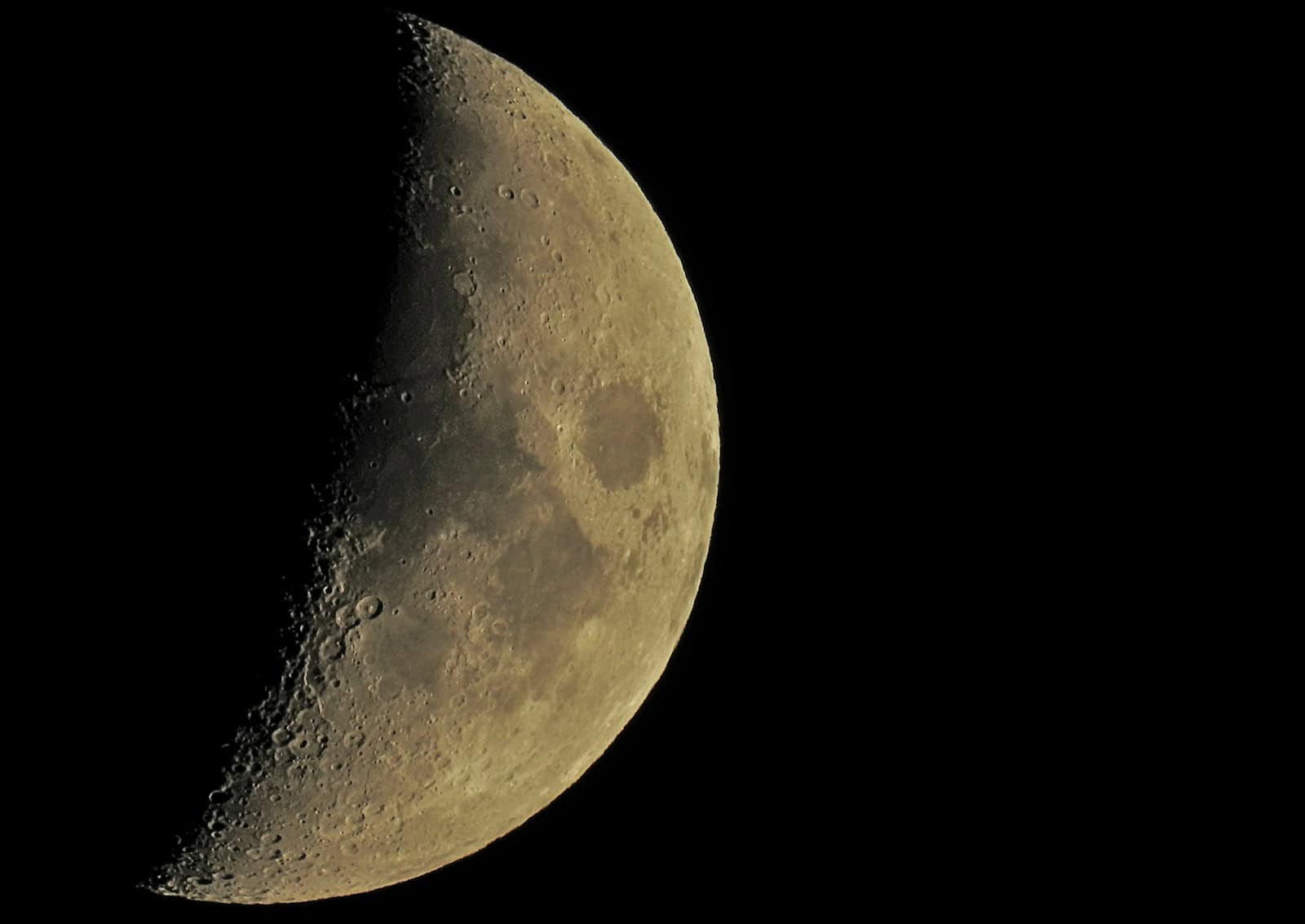
Photo by v2osk on unsplash
NASA Ends VIPER Moon Rover Project
July 20, 2024
NASA announced it will discontinue the VIPER (Volatiles Investigating Polar Exploration Rover) project due to cost increases, delays, and risks of future cost growth. Initially set to launch in late 2023, VIPER’s timeline was pushed to September 2025 due to various delays. Continuing the project would jeopardize other missions and strain the budget.
NASA plans to repurpose VIPER’s instruments for future Moon missions and will consider offers from U.S. and international partners interested in using the rover system. Astrobotic will proceed with its Griffin Mission One to demonstrate its lander technology.
NASA will use alternative methods to achieve VIPER’s goals, such as the Polar Resources Ice Mining Experiment-1 (PRIME-1), which will search for water ice at the lunar South Pole. Future missions, including crewed ones and other CLPS deliveries, will continue to explore lunar resources.
VIPER, NASA’s lunar rover, was designed to search the Moon for ice and other potential resources. Scheduled to land at the Moon’s South Pole in late 2024, the rover was set for a 100-day mission to gather critical data on the origin and distribution of water on the Moon. This mission aimed to help determine how to harvest lunar resources for future human exploration.
By measuring the distribution, physical state, and composition of lunar ice, VIPER sought to understand the sources of polar water and the broader distribution of water and volatiles across the solar system. The mission faced challenges from extreme temperatures, various forms of complex terrain, and inconsistent lighting.
If it were successful, VIPER’s data would have provided insights into where Moon ice could be found and accessed, marking the first resource mapping mission on another outer space body. Furthermore, the rover was equipped by NASA scientists to have three instruments and a 1-meter drill to analyze various lunar soil environments, including permanently shadowed craters, where ice had persisted for billions of years.
Recent News
Delta Seeks Outage Damages From Microsoft, CrowdStrike
The airline plans to sue both Microsoft and CrowdStrike for damages.
Sprouts Shares Positive Q2 Financial Results
Sprouts Farmers Market, Inc. reported robust second-quarter results ending on June 30, 2024.
Johnnie Walker Maker, Diageo, Posts Largest Sales Drop Since the Pandemic
As inflation and high interest rates force many to find ways to cut spending, it appears alcohol is also losing its buzz.
IKEA Focuses on Sleepeasy With New Pop-Up Event
IKEA U.S. is making new strides in the furniture retail market by launching The IKEA Sleepeasy, an immersive pop-up event that will take place in New York in August.
